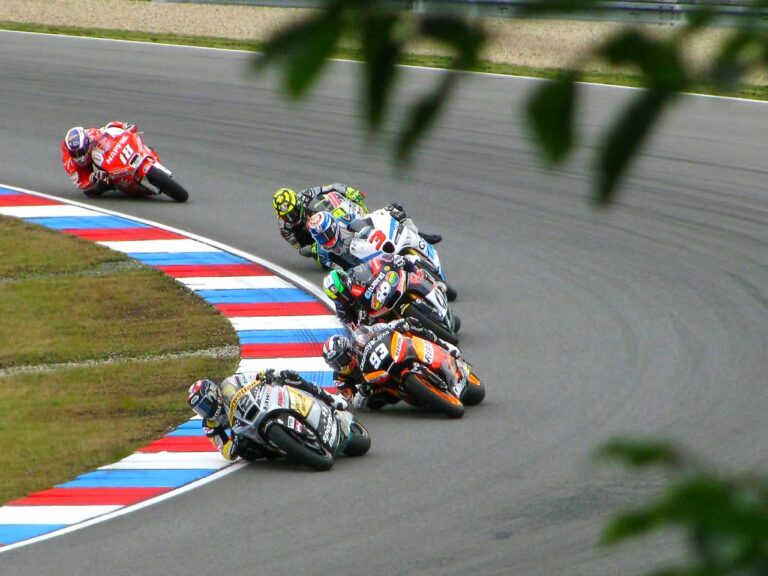Addressing Safety Concerns in Cricket Equipment Design
cricbet99.com sign up, Sky1exchanges Login, cricket bet99:Cricket is a beloved sport enjoyed by millions of people around the world. However, with any sport, safety concerns must be addressed to ensure the well-being of players. One crucial aspect of cricket safety is the design of equipment. In this article, we will explore the importance of addressing safety concerns in cricket equipment design and how manufacturers can take steps to prioritize player safety.
The Impact of Equipment Design on Safety
Cricket equipment plays a vital role in ensuring player safety on the field. From helmets to pads to gloves, each piece of gear is designed to protect players from potential injuries during a game. The design of this equipment can impact factors such as comfort, flexibility, and most importantly, protection.
When equipment is poorly designed or lacks essential safety features, players are at a higher risk of injury. For example, a helmet that does not fit properly or does not provide adequate protection could result in serious head injuries if a player is hit by a ball. Similarly, pads that are too stiff or restrictive could hinder a player’s ability to move freely, increasing the likelihood of strains or sprains.
It is essential for manufacturers to prioritize safety when designing cricket equipment. This includes conducting thorough research, testing prototypes, and adhering to industry standards to ensure that products meet safety requirements.
Key Considerations in Cricket Equipment Design
When designing cricket equipment, manufacturers must consider several factors to address safety concerns effectively. Some key considerations include:
1. Material Selection: Choosing high-quality materials that are durable and impact-resistant is essential for ensuring the longevity and effectiveness of cricket equipment.
2. Fit and Comfort: Equipment should be designed to provide a snug yet comfortable fit to ensure that it stays in place during gameplay and does not restrict movement.
3. Impact Protection: Helmets, pads, and other protective gear should be designed with adequate padding and cushioning to absorb the impact of collisions or falls.
4. Ventilation: Breathability and ventilation are crucial to prevent overheating and discomfort during long matches, especially in hot and humid conditions.
5. Ergonomics: Equipment should be designed with the natural movements and mechanics of the body in mind to optimize performance and reduce the risk of injuries.
6. Maintenance and Durability: Equipment should be easy to maintain and clean to prolong its lifespan and ensure that it remains effective in protecting players.
By considering these factors in the design process, manufacturers can create cricket equipment that prioritizes player safety without compromising on performance.
Addressing Safety Concerns in Existing Equipment
While new cricket equipment is designed with safety in mind, it is also crucial to address safety concerns in existing gear. This includes regular maintenance, inspections, and updates to ensure that equipment remains safe and effective for players.
Players and coaches should regularly inspect their equipment for signs of wear and tear, such as cracks, tears, or loose straps. Any damaged or outdated equipment should be replaced immediately to prevent injuries.
Additionally, manufacturers can provide guidance on proper equipment care and maintenance to extend the lifespan of gear and ensure that it continues to meet safety standards over time.
FAQs
Q: How often should cricket equipment be replaced?
A: Cricket equipment should be replaced when it shows signs of damage or wear and tear. It is recommended to inspect gear before each match and replace any damaged items immediately.
Q: Can players modify their equipment for better performance?
A: Players should not modify their equipment in a way that compromises safety standards. Any modifications should be approved by the manufacturer or a qualified professional to ensure that gear remains safe and effective.
Q: Are there specific safety standards that cricket equipment must meet?
A: Yes, there are industry standards and regulations that govern the design and manufacture of cricket equipment to ensure player safety. Manufacturers must comply with these standards to market their products.
In conclusion, addressing safety concerns in cricket equipment design is essential for protecting players and promoting a safe playing environment. By prioritizing factors such as material selection, fit, comfort, and impact protection, manufacturers can create gear that meets safety standards without sacrificing performance. Players and coaches must also play their part by inspecting and maintaining equipment regularly to ensure its safety and effectiveness on the field. Remember, safety should always come first in cricket equipment design.







